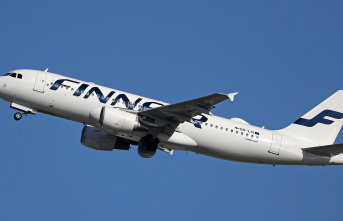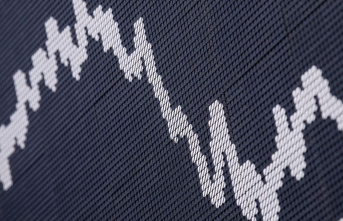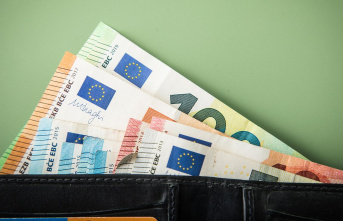Art destruction has a long history. Iconoclasts - or as the technical term is: iconoclasts - have been around for many centuries. Sometimes disputes in the Byzantine Church were the cause, sometimes radical Protestants attacked holy images. Muslims destroyed "pagan idols" like the famous Buddhas of Bamiyan; as happened in 2001 by the Taliban. Secular ideologues, above all the Nazis, also destroyed enormous works of art.
The art vandals are the little siblings of the iconoclasts, so to speak. They often act out of mysterious motives, such as sporadic knife attacks on paintings. But sometimes also to attract maximum attention, as is the case now with the attacks by climate activists on museum exhibits. But why is food flying?
First of all, as primates, we are excellent at throwing. We know that orangutans first carefully peel bananas thrown at them by people – and then deliberately haul the waste back to the donor for disposal. However, foodstuffs are often suitable as projectiles simply because of their physical properties. A prime example is the egg, one of whose most memorable impacts is the "Halle Egg Throw" that hit Chancellor Helmut Kohl on May 10, 1991.
Due to its aerodynamically favorable shape, its low mass with high density and a favorable ratio to the size of the human hand, the egg has good ballistic properties. Above all, his slimy bursting on the victim is a symbol of shame and a sign of protest. The increase is the pie throw, which is only successful at close range. The use of viscous substances, such as tomato soup or mashed potatoes, also allows targeted slinging with good adhesion to the target.
Overall, the use of food as throwing matter follows clear patterns: in other primates it is sporadic and mostly associated with the intention of consuming the projectile at the end. In the case of Homo sapiens, however, it should draw maximum attention without injuring people and destroying works of art. In the first case, this is plausible – what you can eat is biocompatible. In the second case, however, it is a mistake: restorers warn that soup, for example, once penetrates a canvas, can quickly cause catastrophic damage to paintings. Which brings us back to the iconoclasts.












